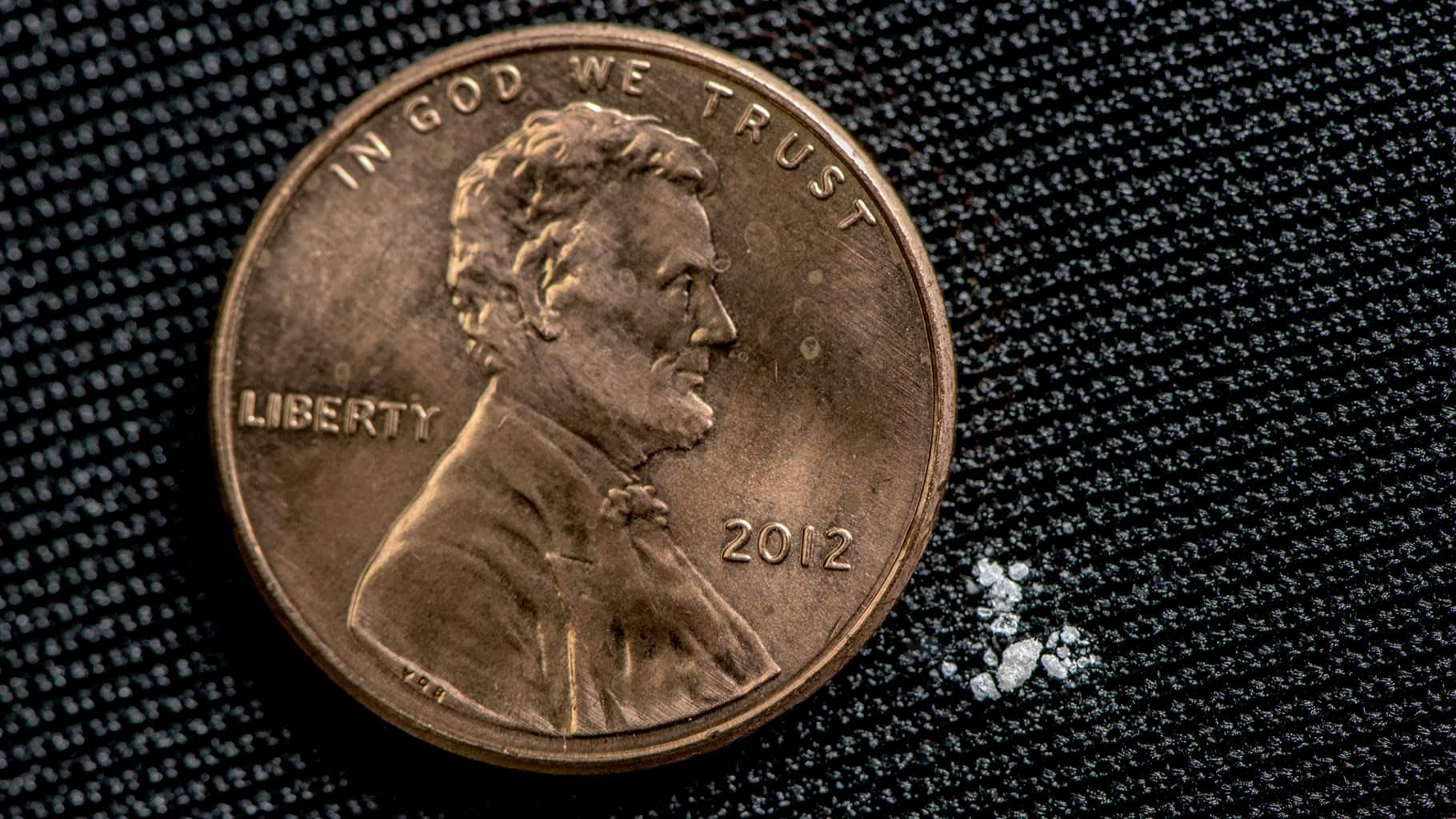
Fentanyl deaths increasing in WA; tests find it in more powders and pills
From the Washington State Department of Health
OLYMPIA — Washington State Department of Health reports that illicit fentanyl is being detected in new forms and is causing an increasing number of overdose deaths in the state.
In the first half of 2018, there were 81 deaths linked to fentanyl, versus 48 deaths recorded during the same time period last year. This represents an almost 70 percent increase in deaths.*
Illicit fentanyl has been found in a variety of counterfeit pills made to look like prescription opioids. It has also been found in white and colored powders, and could potentially be present in any illicit drug. This is a dangerous development for heroin and other opioid users who may be unaware when drugs contain illicit fentanyl. Fentanyl is 30-50 times as strong as pure heroin, and a dose the size of a few grains of salt can be fatal to an average-size person.
“While fentanyl has been a significant cause of overdose death elsewhere in the United States, our state is now seeing the rise of its deadly impact,” said Dr. Kathy Lofy, state health officer and co-chair of the state’s Opioid Response Work Group. “We need people who take illicit drugs to seek treatment and take other actions to reduce their risk of an overdose.”
Public health officials urge people who use opioids to take these actions to help protect themselves from an overdose:
- Seek treatment from the Recovery Helpline (see map of providers). Information is a confidential phone call away at 1-866-789-1511.
- Carry naloxone. Visit Stopoverdose.org to see locations that provide naloxone in Washington.
- If you witness an overdose, call 911, give naloxone and do rescue breathing. Fentanyl may require multiple doses of naloxone to restore breathing. The law (RCW 69.50.315) says neither the victim nor persons assisting with an overdose will be prosecuted for drug possession.
- Never use drugs alone.
- Be careful about using too fast. Fentanyl is fast-acting and deadly. Many experienced opioid users have overdosed or died by using too much, too quickly.
The state Opioid Response Plan details other actions underway to reduce opioid overdoses.
* Data for 2018 are preliminary and will change as toxicology results are finalized and the year ends. With a total of 121 confirmed deaths to-date, there are already more fentanyl deaths in 2018 compared to 120 deaths in all of 2017.


